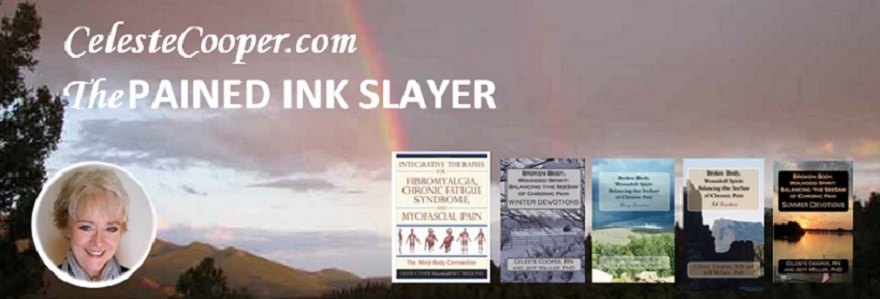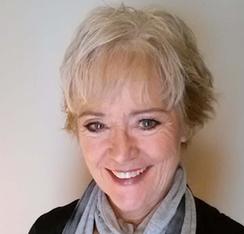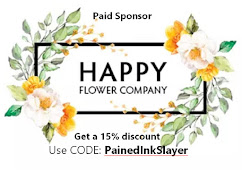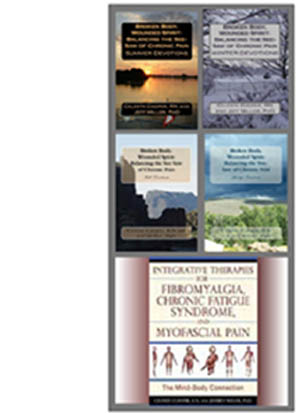As
an advocate, registered nurse, and patient, I feel we are forced to work within
a system devoid of a plan for addressing the physiological, psychological,
financial, and social consequences of living with persistent pain.
If
we want change, we are obliged to share our unique individual circumstances and
our life encounters. If you have been affected by having your opioids restricted,
if you want pain management that fits within your personal framework, it’s time
to use your voice.
ID: FDA-2018-N-1621-0001
Summary:
The Food and Drug
Administration (FDA, the Agency, or we) is announcing a public meeting and an
opportunity for public comment on “Patient-Focused Drug Development for Chronic
Pain.” The public meeting will provide patients (including adult and pediatric
patients) with an opportunity to present to FDA their perspectives on the
impacts of chronic pain, views on treatment approaches for chronic pain, and
challenges or barriers to accessing treatments. FDA is particularly interested
in hearing from patients who experience chronic pain that is managed with
analgesic medications such as opioids, acetaminophen, nonsteroidal
anti-inflammatory drugs (NSAIDs), antidepressants; other medications; and
non-pharmacologic interventions or therapies.
The public meeting
will be held on July 9, 2018, from 10 a.m. to 4 p.m. Submit either
electronic or written comments on this public workshop by September 10, 2018.
See the SUPPLEMENTARY INFORMATION section for registration date and
information.
Comment Now!
Due Sep 10 2018, at 11:59 PM
ET
My
comment:
First,
thank you for listening to the voice of patients. As an RN and lead author of
five books on pain and integrative therapies, I am sickened when I read about
another suicide by a fellow pain patient, resulting from the crackdown on
opioid prescribing. I am concerned about accountability, because physicians bear
the consequences of not treating their patients. I am angry about the false
narrative of media reporting.
As
a person living with persistent pain and autoimmune disease, I use every
alternative tool available to me, including invasive pain management. I
participate in physical therapy, but Medicare doesn’t allow enough visits to be
therapeutic. I do everything I can to keep opioid use to a minimum, yet I feel
judged by my government for needing it? I have severe damage to my body from
NSAID overuse. They are not a safer than opioids. I do not tolerate the side
effects of antidepressants. Anti-seizure medications disconnect me from
reality. I feel like a free guinea pig for the pharmaceutical industry, as I
take the risk of off-label trials while they make the money. I am elderly and I
am angry that my primary doctor will no longer prescribe the small amount of
opioids that work for me, that I can afford, and that allow me to participate in
integrative therapies.
Pain
physicians are overworked and now either restrict their practice to
interventions only or require monthly visits. Many of us do not have
transportation to pain clinics or the ability to make co-payments. These
practices are driving the cost of pain care to the moon. There is a lack of
evidence that urine drug tests are consistently accurate or that they are
having any effect on drug addiction, yet these companies make a large profit
off vulnerable patients.
People
who live with unrelenting pain should have their pain managed well enough to
participate in integrative therapies like mindfulness, tai chi, physical
therapy, etc. Education is needed, not prohibition. The money wasted on the war
on drugs could be used to develop outcome-based programs to help people with
drug addiction and research for those of us who live with daily unforgiving
pain.
Again,
thank you for taking public comments. I am more than a statistic, I am one face of pain.
In healing,
Celeste Cooper, RN / Author, Freelancer, Advocate
Think adversity?-See opportunity!
~ • ~ • ~ • ~ • ~ • ~
Learn more about
Celeste’s books here. Subscribe
to posts by using the information in the upper right hand corner or use the
share buttons to share with others.













